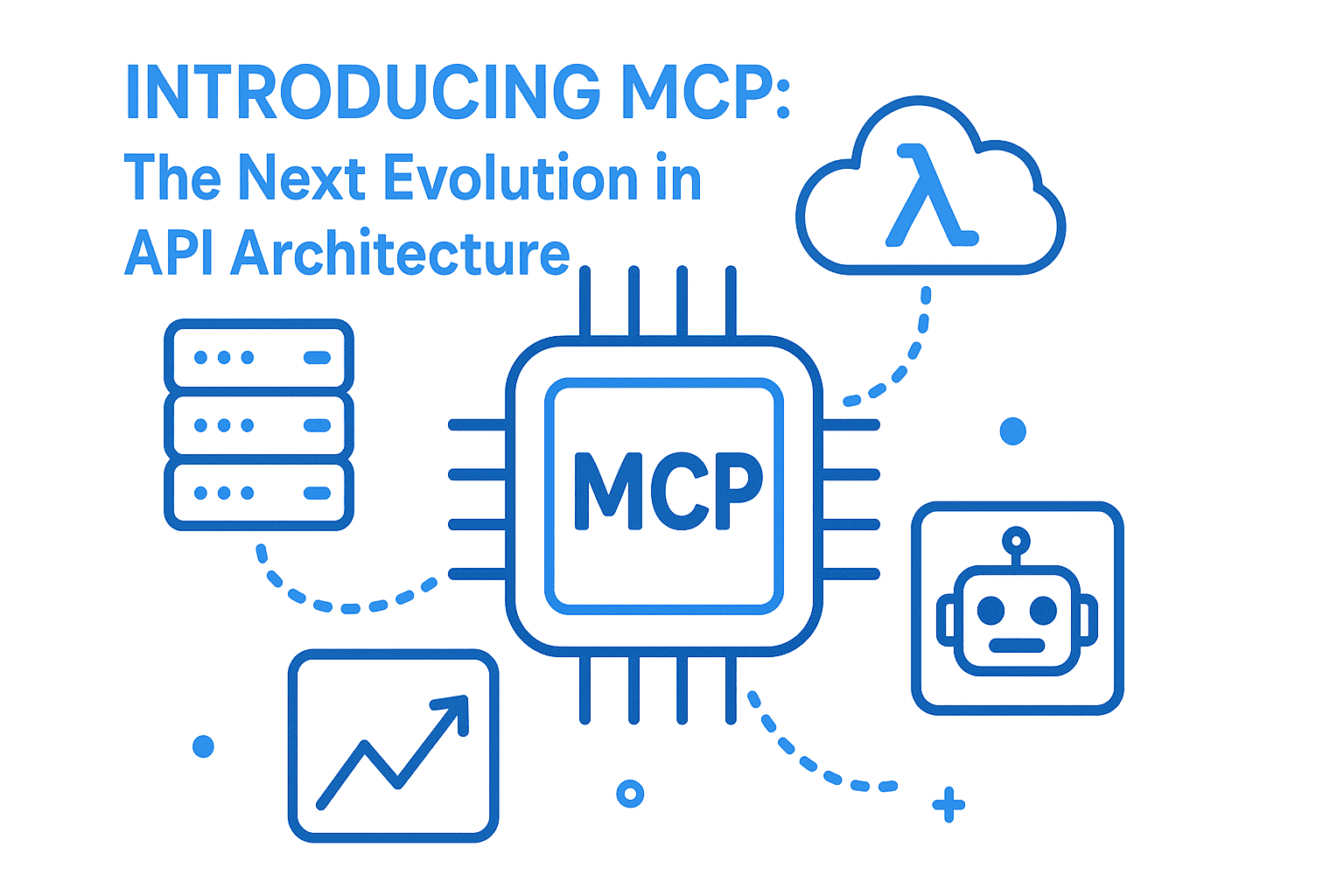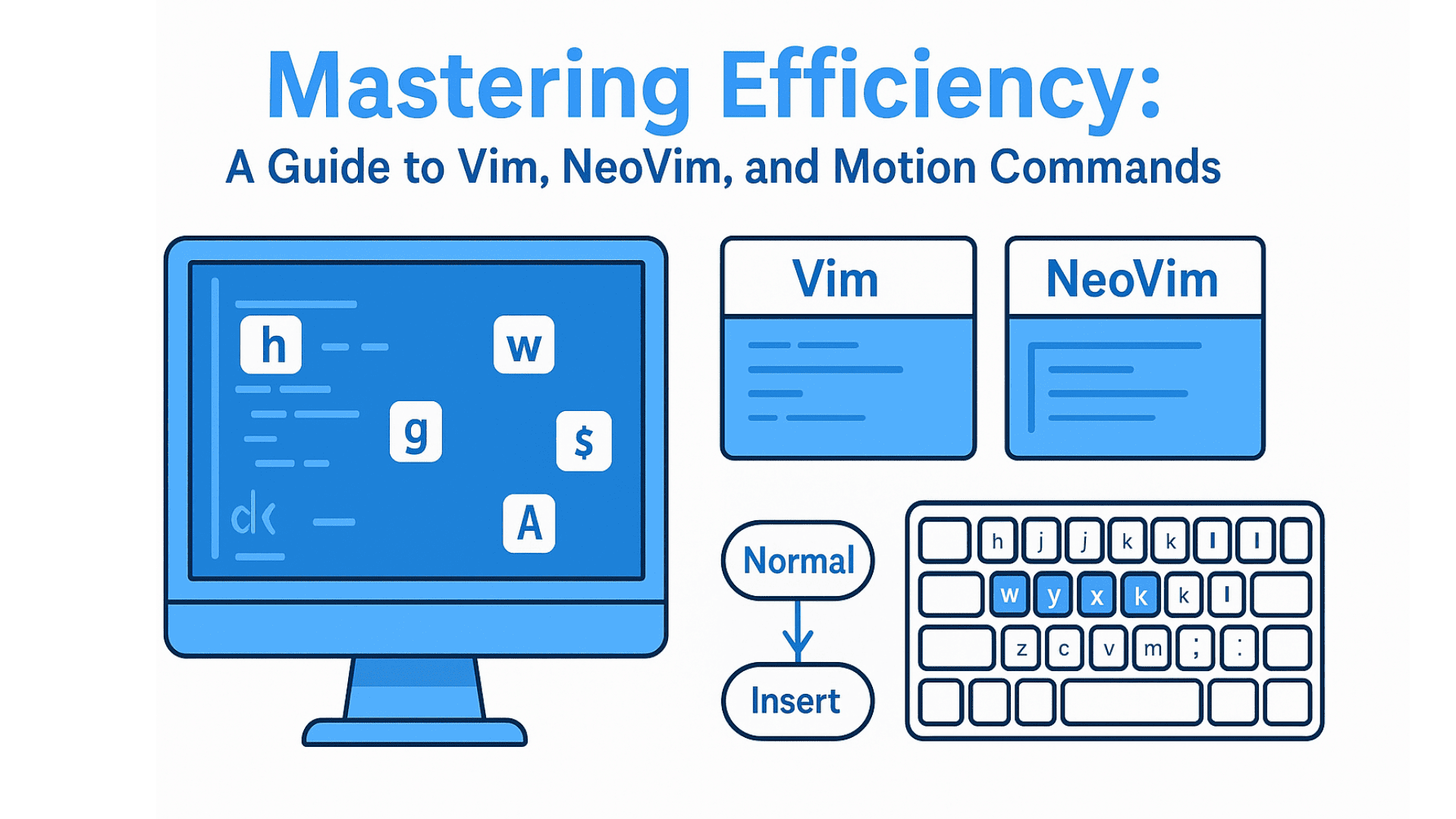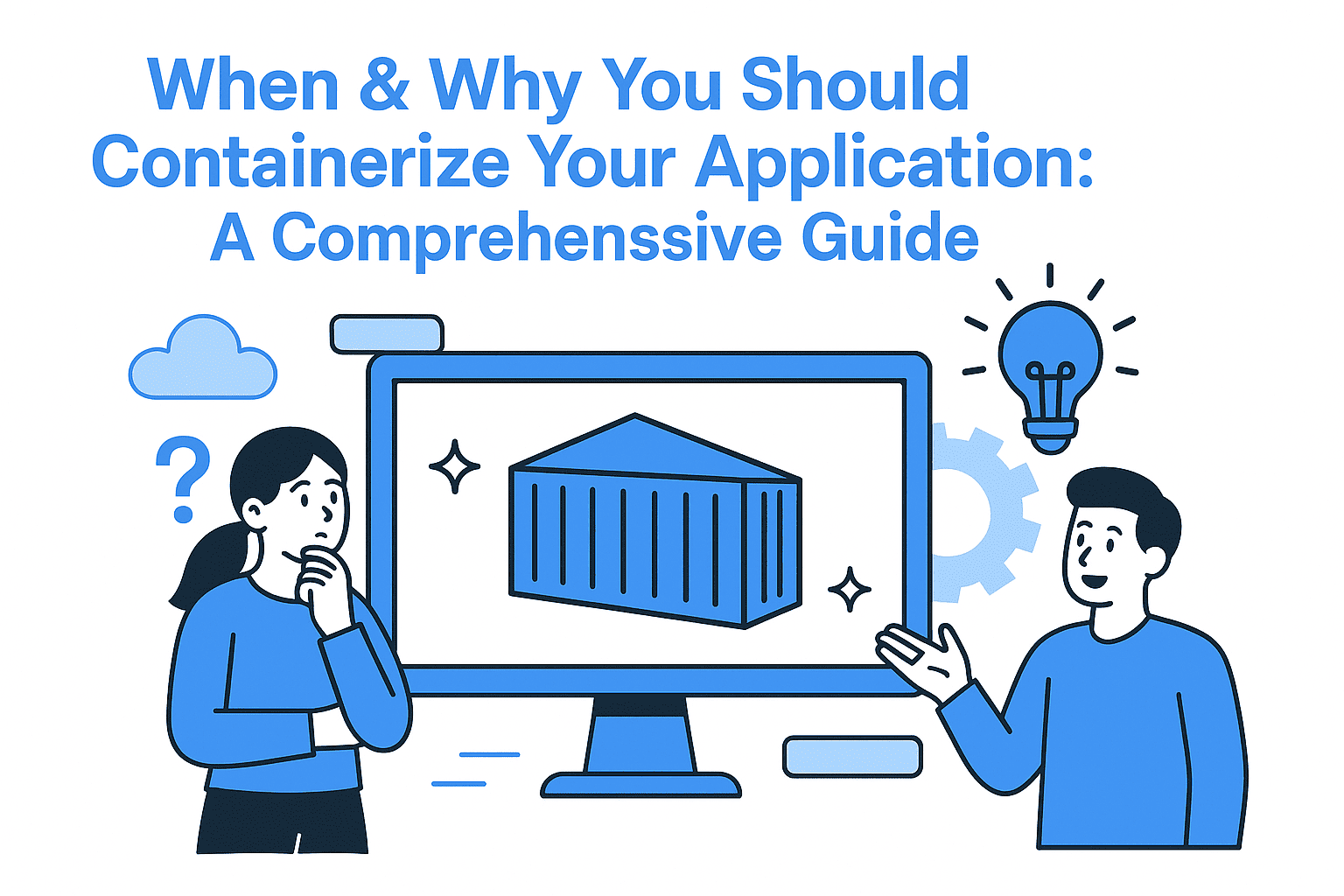In the ever-evolving landscape of software development, APIs have become the backbone of modern applications. From RESTful services to GraphQL and serverless architectures, the tools available to developers are constantly advancing. Now, a groundbreaking new API type, Machine Communication Protocol (MCP), is emerging as a transformative force in how systems interact. Let’s dive into what MCP is, why it matters, and how it could redefine the future of API design.
What is MCP?
MCP, or Machine Communication Protocol, represents a new paradigm in API development designed to bridge the gap between traditional monolithic systems and today’s complex, decentralized architectures. Unlike conventional APIs that prioritize human-readable data formats (like JSON or XML), MCP focuses on machine-to-machine communication with a strong emphasis on performance, security, and adaptability.
At its core, MCP is built for microservices environments and IoT ecosystems, where rapid, secure data exchange between autonomous systems is critical. It leverages modern principles like decentralized routing, context-aware protocols, and adaptive authentication to enable real-time, low-latency interactions without compromising scalability.
Key Features of MCP
-
Modular Communication Architecture
MCP breaks down interactions into smaller, reusable modules, each handling specific tasks (e.g., authentication, data routing, or error handling). This modularity allows developers to customize APIs for their use cases while maintaining consistency across systems. -
Context-Aware Routing
Instead of relying on fixed endpoints, MCP dynamically routes requests based on real-time context such as device capabilities, network conditions, or user behavior. This ensures optimal performance and minimizes latency in distributed environments. -
Built-In Security Frameworks
MCP integrates advanced security features like zero-trust models, end-to-end encryption, and adaptive access controls, making it ideal for sensitive applications like healthcare or finance. -
Scalability and Efficiency
Designed for high-throughput environments, MCP uses lightweight protocols (e.g., WebSockets or QUIC) and optimized data serialization to handle massive volumes of transactions without sacrificing speed.
Use Cases for MCP
MCP is particularly well-suited for scenarios where traditional APIs fall short:
- IoT Ecosystems: Enabling seamless communication between sensors, edge devices, and cloud platforms in smart cities or industrial automation.
- Microservices Environments: Streamlining interactions between decoupled services in platforms like Kubernetes or cloud-native applications.
- Real-Time Applications: Powering live data feeds in gaming, financial trading, or remote monitoring systems.
- AI and Robotics: Facilitating secure, low-latency communication between AI models, drones, or autonomous systems.
Why MCP Matters: Beyond Traditional APIs
While REST and GraphQL have dominated API design, they often struggle with the demands of modern systems:
| Traditional APIs | MCP |
|---|---|
| Rigid endpoint structures | Dynamic, context-aware routing |
| Limited horizontal scaling | Built for high-throughput, distributed systems |
| Manual security configuration | Integrated zero-trust and adaptive auth |
MCP addresses these pain points by offering a future-proof architecture that adapts to evolving requirements. For example, in an IoT scenario, MCP can autonomously adjust data transmission rates based on network congestion, a capability beyond the reach of conventional APIs.
Challenges and Considerations
Adopting MCP isn’t without its hurdles:
- Learning Curve: Developers accustomed to REST/GraphQL may need time to adapt to MCP’s modular, context-aware design.
- Tooling and Ecosystem: While early-stage, the MCP ecosystem is growing. Developers should look for frameworks or SDKs that support its principles.
- Interoperability: Ensuring MCP integrates smoothly with legacy systems may require middleware or API gateways.
The Future of API Development
MCP isn’t just a new tool, it’s a response to the growing complexity of interconnected systems. As organizations embrace edge computing, AI-driven automation, and decentralized architectures, the need for a flexible, secure protocol becomes urgent.
For developers, MCP represents an opportunity to future-proof their applications and stay ahead of the curve. For businesses, it’s a chance to unlock new efficiencies in data-driven ecosystems.
Conclusion: Embrace the Machine Age
The rise of MCP signals a shift toward more intelligent, adaptive systems. While traditional APIs will remain relevant, MCP’s focus on machine autonomy and real-time performance positions it as a cornerstone of next-generation software.
As the digital world becomes increasingly interconnected, embracing MCP could mean the difference between stagnation and innovation. Are you ready to build for the future?
Stay tuned for updates on MCP’s rollout, tools, and real-world case studies. The machine age has arrived, and it’s time to speak its language.
Have questions about MCP or want to explore its applications in your industry? via email, linkedin, or through DSRPT!



